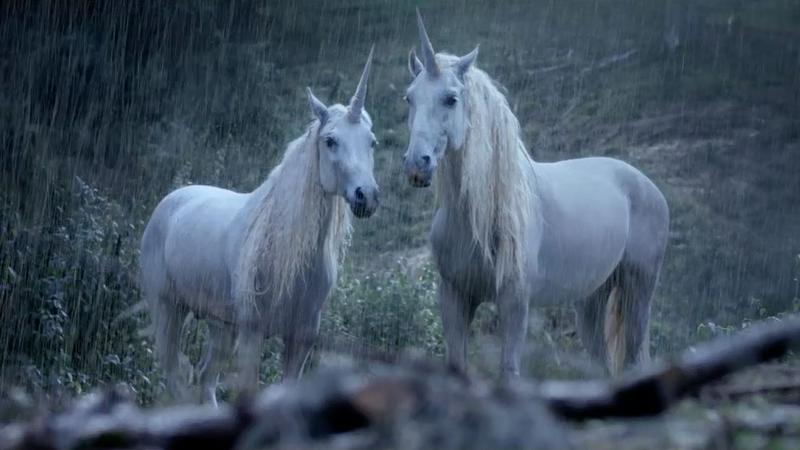Are Unicorns Real?
By | September 7, 2019

While today unicorns are thought of as fairy tale creatures, ancient cultures believed them to be real, even including them in their natural history books. While there is no scientific evidence that a magical single-horned horse exists - or has ever existed - many believe the unicorn legend to have been inspired by a real animal.
While the most common representation of the unicorn today is derived from European mythology, similar creatures can be found in various cultures across the world. Chinese mythology tells of a creature known as the qilin which has the body of a deer, the head of a lion, green scales, and a single longhorn. Japanese culture has a similar creature called the kirin. Legends of the African Congo tell of a creature called the Ababda which is the size of a donkey and has the tail of boar; however, this creature has two horns instead of one. In Chile, a creature known as the camahueto resembles a single-horned bull. But it was European mythology that depicted the unicorn as a white horse with a single long horn.

What all of these unicorn-like creatures shared was magical powers, usually some sort of healing power, and an association with purity. And the unicorn’s horn was believed to be the source of their powers. The horn was thought to consist of a substance call alicorn which could heal various ailments, purify water, and protect against poison. As a result, unicorn horns were a prized possession for which the wealthy were willing to pay a high price. In fact, traders from outside of Europe made a fortune by passing off rhinoceros horns and narwhal horns as unicorn horns.

The first written account of a unicorn-like creature was made by a Greek doctor named Ctesias, who described a donkey the size of a horse with a 28-inch horn on its forehead. His information is thought to have come from Persia where Aristotle described the oryx in much the same way. This area is likely the source of many descriptions of unicorns as there are carvings of unicorns on a sculpture at its ancient capital of Persepolis. Marco Polo’s description of the unicorn differed drastically from these early versions. He described the unicorn as being the size of an elephant with hair like that of a buffalo and possessing a black horn in the middle of its head. He went on to say that the creatures enjoyed rolling in the mud. This description was later recognized to be that of a rhinoceros, though historians are unsure if it was mistaken identity or hyperbole.

During the middle ages, the unicorn was adopted by the Christian Church, thus allowing for an increase in the artistic representation of the creature. One such representation is a seven-panel tapestry piece entitled “The Hunt of the Unicorn.” In this piece, the unicorn was thought to represent Christ while those who hunted the unicorns were sinners seeking to overcome Him. Depictions of the unicorn laying his head in the virgin maiden’s lap was representative of Christ sacrificing himself for the “pure of heart.” The very last panel shows the unicorn in a field of flowers, having been resurrected.

Several attempts have been made to prove that unicorns existed by fabricating evidence. But no real proof has been discovered, leading scientists to believe the so-called unicorns were actually other animals that were misidentified. The most likely candidate would be the rhinoceros, both because of its single horn and Marco Polo’s description. Another possibility is the aurochs, a now-extinct species which might have appeared single-horned when drawn from the side. While narwhal are whales and look nothing like unicorns, their horns, which were long and spiraled, became the standard appearance of alleged unicorn horns. One theory suggests that the unicorns did exist but were too proud (or too slow) to make it on Noah’s Ark. As a result, they either drowned in the flood or evolved into the narwhals.

